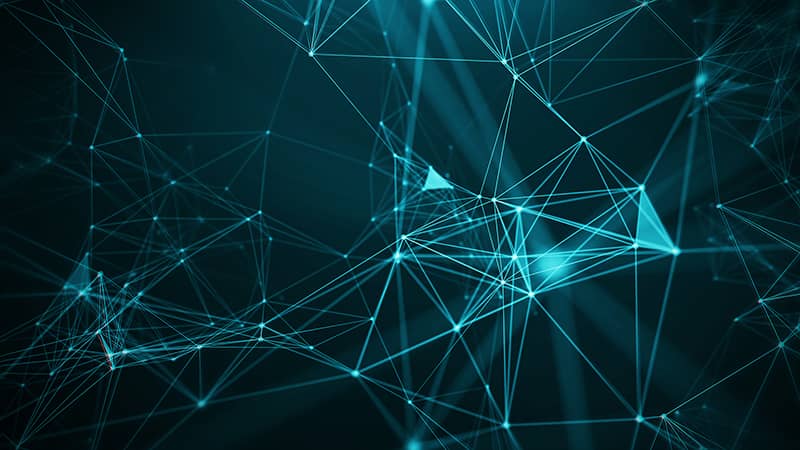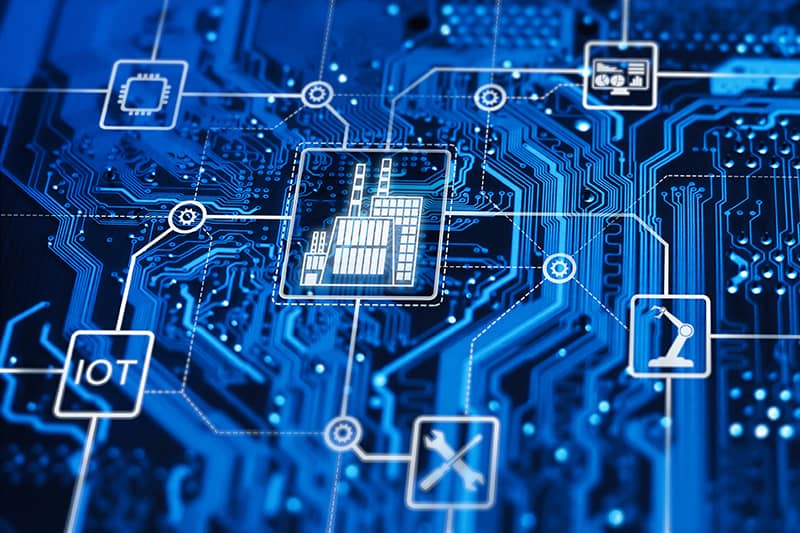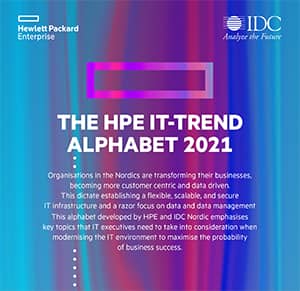IDC: Three trends every CIO needs to know about
The whole world is getting digitized, and Nordic companies are rapidly becoming more customer-focused and data-driven. In this rapidly changing world, you need to keep up to date to know the direction the trends are taking. Here are three trends you should keep track of to succeed, according to IDC.
Digitalization is increasing demands on CIOs and IT managers to modernize their IT environments to make them flexible, secure, and scalable to enable a data-rich approach.
And development moves fast. Companies and organizations worldwide are becoming more data-driven, and we are constantly seeing new business models based on data, managed and exploited for their value.
But which trends are strongly associated with the data-driven world we are currently living in? We put the question to Martin Sundblad, an analyst at IDC, who has long followed developments in the IT area and knows which trends are important in 2021. Here is IDC’s view of three trends that IT managers should check out.
Download the HPE IT trend alphabet 2021 with a summary of IDC research here.
Manage data at the edge
“More and more data is being created at the edge of the networks, and the expression “edge to cloud” denotes a natural progression. The balance between centralization and decentralization has been an ongoing project since the start of the IT era,” says Martin and continues:

“There are two situations that support this: One involves applications that require high performance and low latency, where calculation capacity is needed close to the edge. The second situation is driven by the Internet of Things, IoT, with vast amounts of incoming data that are not economically viable to manage centrally. A more cost-effective solution is to put both storage and compute close to the edge and refine the data before it is centralized. This increases the quality of the data and reduces the burden on the network.”
Martin Sundblad states that in recent years’ ”cloudification” is a welcome development that has led to huge benefits when it comes to security, capacity and scalability.
“A standardization in microservices has been crucial for this transformation. However, “edgefication” is still a challenge for cloud providers, and in the future, it is likely to be more common for cloud providers to bring edge services in as part of their offering. This is often a better solution than an in-house edge that may compromise security.”
Putting storage as well as compute close to the edge and refining data before it is centralized increases data quality, reducing the burden on the web.
Martin Sundblad, analyst, IDC.
This is where progress has been relatively rapid, but according to data from IDC, the maturation process is far from complete. Martin Sundblad predicts that it will be completely mainstream within 3-4 years and that ecosystems of different providers will complement each other to deliver centralization and scalability fully.
Learn more: How HPE Greenlake could help you with a data driven future. (no-registration webcast)
Intelligent data
Another area that, according to IDC, is becoming increasingly important is the ability to extract intelligence from data.
“Here, several concepts are interwoven, and we think that the focus should be on “operations intelligence” rather than AI or machine learning,” says Martin Sundblad.

He continues.
“We have been talking about AI for a long time, but the fact is that the concept of artificial intelligence is slowly but surely becoming a vital part of the operational processes. One are where this is happening is in IT Operations, where AI/data analysis becomes a natural part of process automation in particular. Another area is RPA, Robotic Process Automation, in which intelligent analysis will take automation to the next level.”
According to Martin Sundblad, AI and data will come together and will be combined with increasingly advanced forms of automation, which is not completely unproblematic:
“There’s a challenge there because data quality has been challenging for a long time. According to our estimates, 15 percent of incoming data is now used operationally, rising to around 30 per cent in 2030. We have far more data than we can consume.”
In the future, we see AI intervening in all operational processes, with better tools in everything from product design to marketing and support services, and eventually finance and administration.
“Implementing AI to increase data quality is crucial. In the future, we see AI intervening in all operational processes, with better tools in everything from product design to marketing and services, and eventually finance and administration. We see this trend in all software areas, resulting in decisions driven by economic factors rather than IT factors. Another significant development is security; security by design could not be combined with AI in its early forms, because that would require a standardization – this is something we now see increasingly arriving, thanks to the large vendors in the market.”
Read IDC’s trend research from A to Z. Download the HPE IT alphabet 2021 here.
Zero trust
A third trend that is visible during the year is linked to security. In recent years, the security issue has gone from being a peripheral issue for the IT department to become central to every organization, as cybercrime has rapidly increased. The zero-trust concept is now being established on an ever-larger scale.

Interpol has estimated that cybercrime worldwide is turning around about as much money as the trade-in heavy drugs.
It is based on the principle of not trusting anything that is not identified and authenticated, and it does not only apply when logging into the network. For this reason, access to an organization’s IT environment is limited to what is absolutely necessary.
“Interpol has estimated that cybercrime worldwide is turning around about as much money as the trade-in heavy drugs,” says Martin Sundblad.
“It is a frightening picture, given the social impact of drug trafficking, with criminal networks that practically govern parts of some countries. Then you understand the risk that is out there associated with companies’ data. Criminal networks are well-funded and are always one step ahead in using AI. They have access to the latest technology and can use it to harm businesses and access valuable information. Breaches of cybersecurity are a threat to society and must be regarded in that light.”
All businesses must include security as a fundamental part of their product development process – or else they will put themselves at risk and open up for losses.
He explains that security by design must become an integrated part of everything we do in IT, down to the smallest molecule
“This achievement will require an increase in skills, and that will mean hard work because everyone, regardless of their role, in every company, will need to learn new ways of thinking about IT security. All software developers will need to learn how to bring protection from the ground up, and all companies will need to include security as a fundamental part of their product development process – or else they will put themselves at risk and open up for losses. The economic risks are enormous, but the awareness is fortunately growing.”
“Within five years, we must have moved away from traditional security departments to overall trust programs with the security message at management level. It is a development that began several years ago, but we can now see that it really is starting to take off,” concludes Martin Sundblad.
Rapid development
Digital transformation is an ongoing process, and most companies that have begun their transformation journey see an increasing need to be able to really benefit from their data. This can be a challenge in itself, as the growing amount of data is a gold mine and a risk factor at the same time, and therefore must not fall into the wrong hands. This is why the demands for a stable and secure infrastructure – supporting digitization, being future-proof and resilient – are higher than ever.


